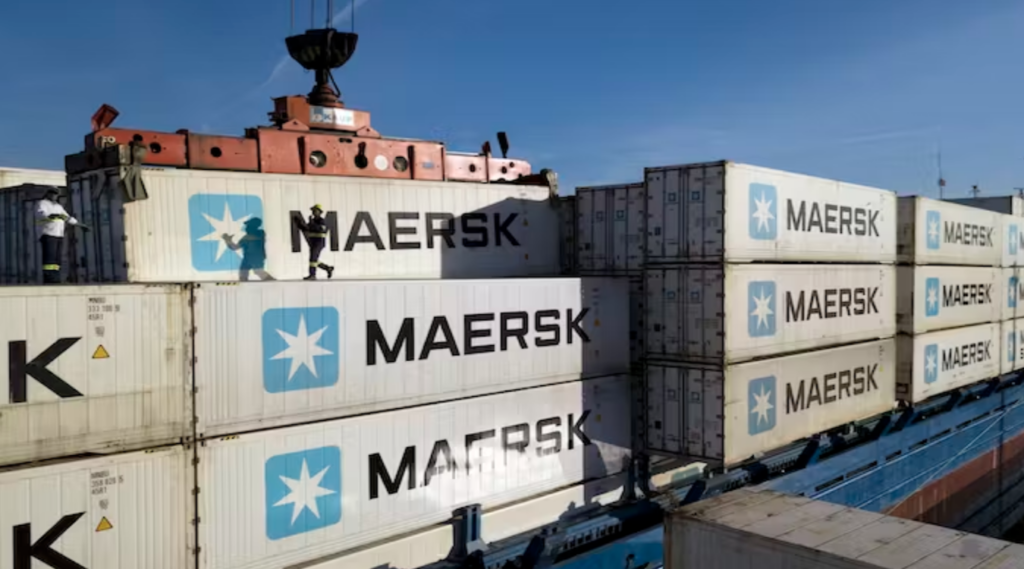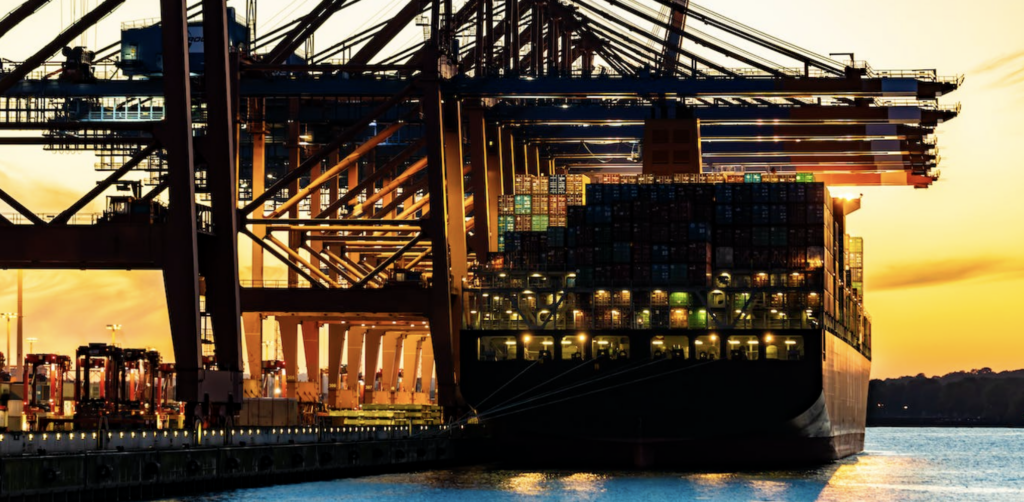Advances in Supply Chain Management

Challenge Area #2: Making the Business Case for Agility
This is the third in a series of blog posts based on the applied research report “Meeting the Challenge of Supply Chain Agility” by the research team of Bruce Behn, Pradeep Charath, Paul Ditmann, and Dan Pellathy. The first article introduced the concept and its benefits for businesses; the second addressed the initial challenges businesses face when considering agility.

Challenge Area #1: Thinking About Supply Chain Agility
This is the first in a series of blog posts based on the applied research report “Meeting the Challenge of Supply Chain Agility” by the research team of Bruce Behn, Pradeep Charath, Paul Ditmann, and Dan Pellathy. The first article introduced the concept and its benefits for businesses. Download the white paper.

Meeting the Challenge of Supply Chain Agility
This is the first in a series of blog posts based on the applied research report, “Meeting the Challenge of Supply Chain Agility,” by the research team of Bruce Behn, Pradeep Charath, Paul Ditmann, and Dan Pellathy.

Global shipping has a new climate strategy – it’s vague, obscure and almost noncommittal, but it may be pointing the industry in the right direction
The world’s largest shipping companies are starting to update their fleets for a greener future. Maersk received the world’s first dual-fuel methanol container ship in July 2023, and dozens more container ships that can run on alternative fuels are currently on order. The industry – responsible for about 3% of global greenhouse gas emissions, more than Canada and Ireland combined – has reasons to act and to have some confidence in its multimillion-dollar investments.

To Sell Remanufactured Merchandise, “Show, Don’t Tell,” New Research Finds
Buying refurbished, like-new products instead of new ones is better for the environment and consumers’ wallets. When products are as personal as electric toothbrushes or earbuds, however, cost savings aren’t enough to overcome consumer revulsion. Huseyn Abdulla, associate professor of supply chain management at the University of Tennessee, Knoxville’s Haslam College of Business, has a new approach to making refurbished products appealing to consumers.

The Next Shift: Returns and Non-Economic Considerations Take Center Stage
This is the final post in a three-part blog series about research conducted into last-mile and reverse logistics by GSCI Fellow Alan Amling and GSCI co-faculty director Tom Goldsby. In the first two blog posts of this last-mile series, we unveiled the future of e-commerce delivery. In this post, we focus on the return leg.

Innovation in Last-Mile Fulfillment and Delivery
This post is the second in a three-part blog series about research conducted into last-mile and reverse logistics by GSCI Fellow Alan Amling and co-faculty director Tom Goldsby. Read the first post, "The Big Shift in E-Commerce Logistics."

The Big Shift in E-Commerce Logistics
This post is the first in a three-part blog series about research conducted into last-mile and reverse logistics by GSCI Fellow Alan Amling and co-faculty director Tom Goldsby. Download the full white paper now.

Global shipping is under pressure to stop its heavy fuel oil use fast – that’s not simple, but changes are coming
Most of the clothing and gadgets you buy in stores today were once in shipping containers, sailing across the ocean. Ships carry over 80% of the world’s traded goods. But they have a problem – the majority of them burn heavy sulfur fuel oil, which is a driver of climate change.

A Blueprint for Agile Resilient Supply Chain Enablement
During their research for “Advancing E2E Agile Resiliency in Supply Chains,” GSCI Fellows Dave Demers and Brian Kolek leveraged 22 supply chain leaders from diverse industries. These leaders served as their think tank, providing a roadmap for how organizations can build a more agile resilient supply chain.